Auto-Opium: A Social History of American Automobile Design
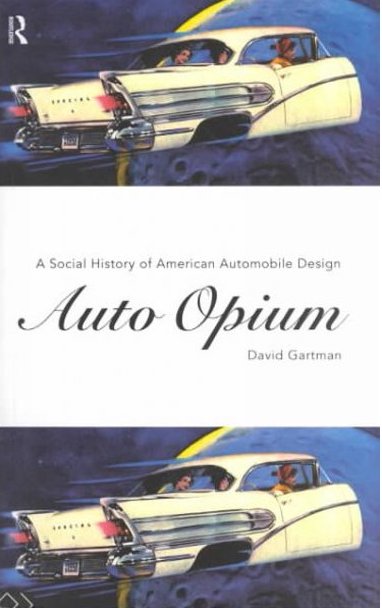 by David Gartman
by David Gartman
“The book traces the development of automobile design, from the first utilitarian cars around the turn of the century to the most modern of symbol-laden cultural icons. The author shows that the aesthetic qualities of vehicles were shaped by the social conflicts generated by the process of mass production. These conflicts became channeled into the realm of mass consumption, where working Americans demanded beautiful, stylish, and constantly improving cars to compensate them for the deprivations of mass production. Creating a unique blend of business, social, and cultural history, Auto-Opium connects the social struggles of America to the organizational struggles of designers and the marketplace struggles of firms.”
Still with us? Let’s simplificate: “I hope to show that automobile design was fundamentally shaped by . . . capitalist competition and class conflict within American society.”
If neither those quotes nor the cover illustration of a wheel-less car flying through space has put you off here’s a book to get the heart pounding, although probably not in the way you’d expect because it may well be accompanied by head-pounding.
This is an academic text written by a sociologist, and it examines why it was the car, as opposed to any other kind of consumer product, that introduced and then perfected the concept of planned obsolescence and annual model changes. The cars we drive (and the clothes we wear and the houses we live in) are our “calling cards” and make statements to the world about us. Even if we insist that this is not our intention, they do anyway. Regardless of our intention, the fact that these objects are visible and public manifestations gives them a “currency” all their own. Notions such as “We are what we drive” or “I’m a Ford man!” are symptoms of this condition.
If this premise is incompatible with your take on life, this book will probably not ignite a spark. In fact, several of our reviewers took a crack at this book—and passed it on to the next person. Comparing notes we conclude that either our minds are too much alike or that this book is indeed above our pay grade. That said, academic reviewers have given the book high praise, calling it “much needed” and “a future classic.” Almost 30 years after its first publication it is still kept in print!
There is nothing wrong with difficult books; just be prepared—and willing—to struggle with this one. If you make it to p. 15 (the beginning of chapter 2) without meltdown, you’re on your way to a rewarding read that will stress-test many a preconceived notion. To illustrate, Gartman postulates (p. 14) that the Great Depression “exacerbated competitive and class struggles . . . and placed a premium on stimulating sales through designs that obscured the tainted factory origins of autos. The result was the streamlining craze of the period.” In other words, cars were intentionally styled to camouflage the telltale marks of mass production by giving them cosmetic features that resembled handcrafted vehicles. Why bother, you ask? This is where the title comes in. The Car, symbol-laden and iconoclastic, transports its owner to a higher plane—away from the daily grind and life’s frustrations. “The automobile became the opium of the American people” is how Fortune magazine once described it. And GM’s VP Design, Charles Jordan, interviewed at the time of this book’s writing (1994), said GM sees The Car as “design religion—something for people to believe in.”
Beginning with chapter 2, Gartman traces design and all its variations on a theme, from the initial utilitarian carriage-derived box-on-wheels shape to increasingly refined stylistic concerns. He relates the changes in the design vocabulary to historical, social, and psychological moments. There is no denying that the author engages in a good deal of politically motivated polemic and this does get in the way of what, from the auto enthusiast’s point of view, is the main story. Plenty to stimulate the grey matter here. Detailed chapter notes will take you deeper, if so inclined.
Copyright 2021, Sabu Advani (speedreaders.info).


 RSS Feed - Comments
RSS Feed - Comments

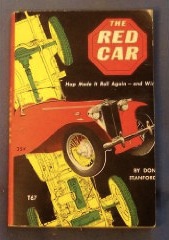

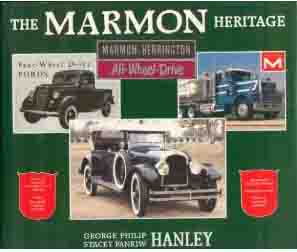


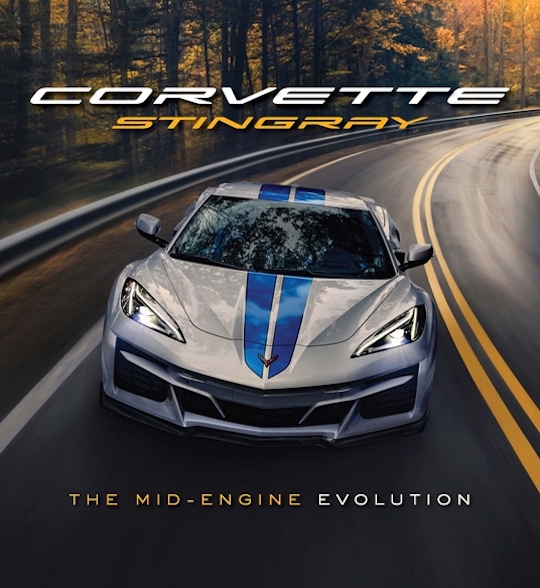
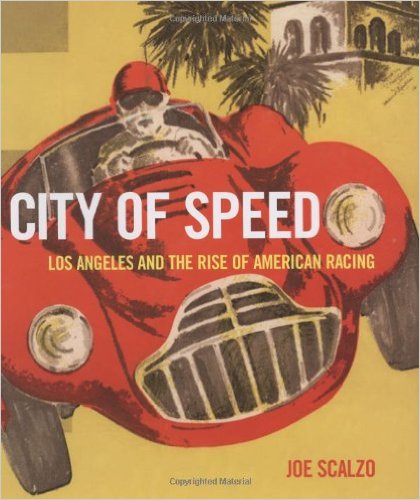
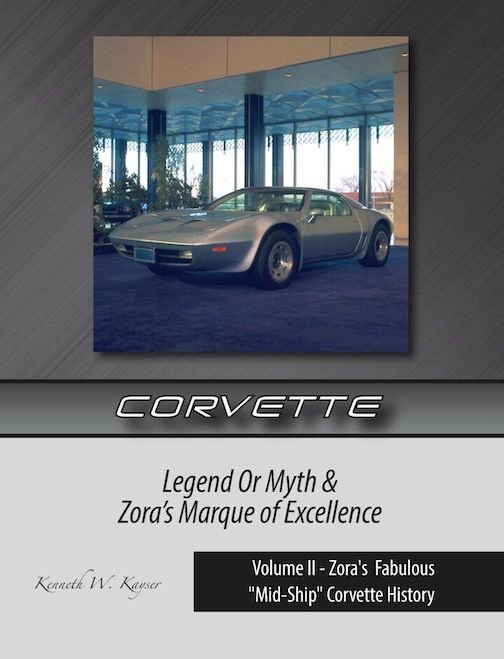
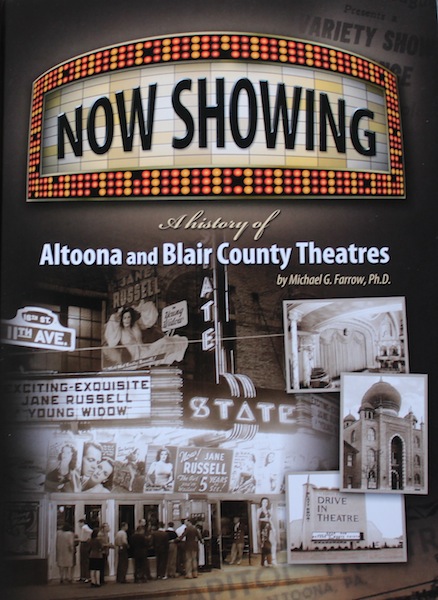
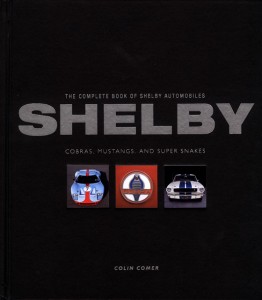


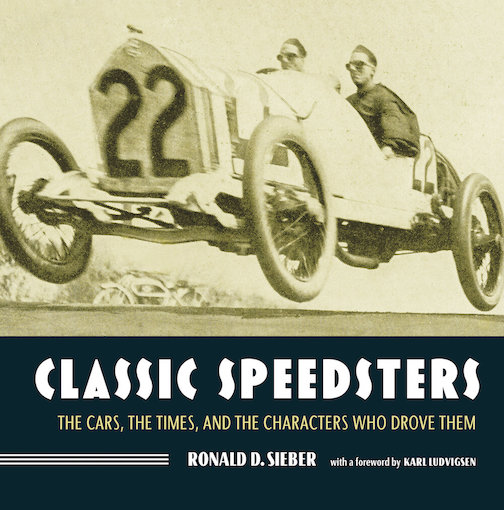

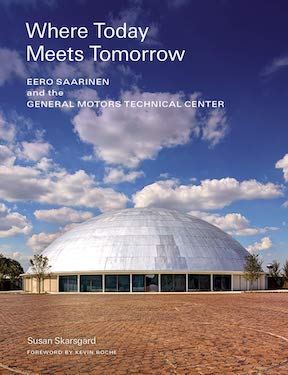

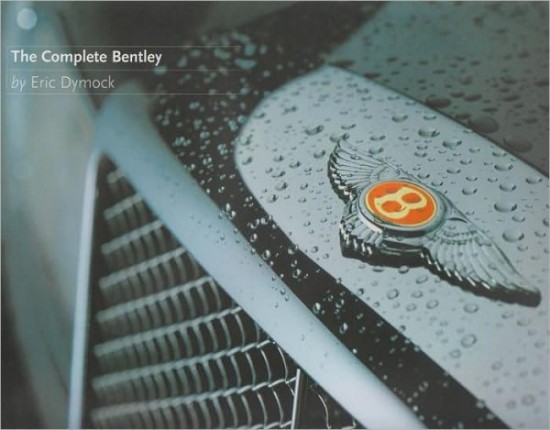

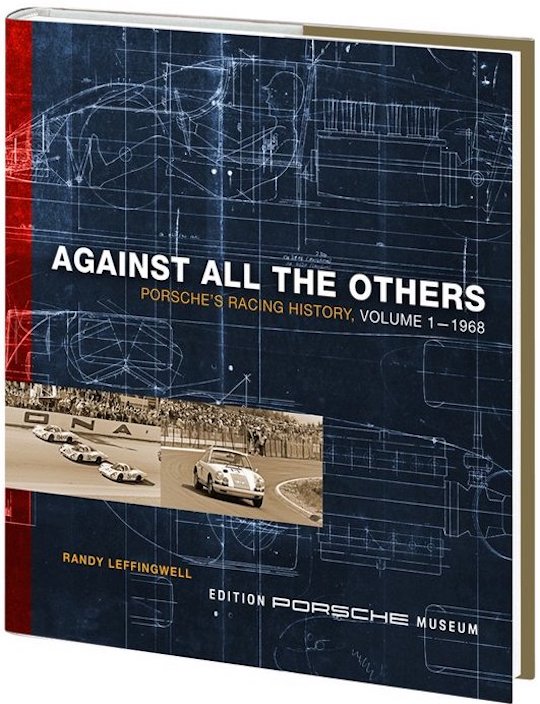
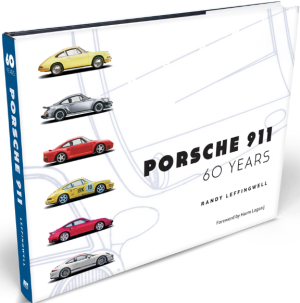




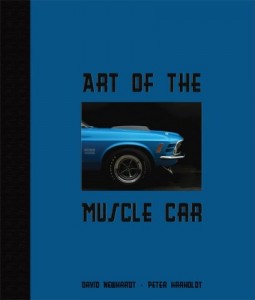
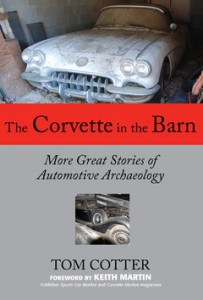

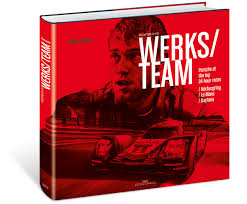
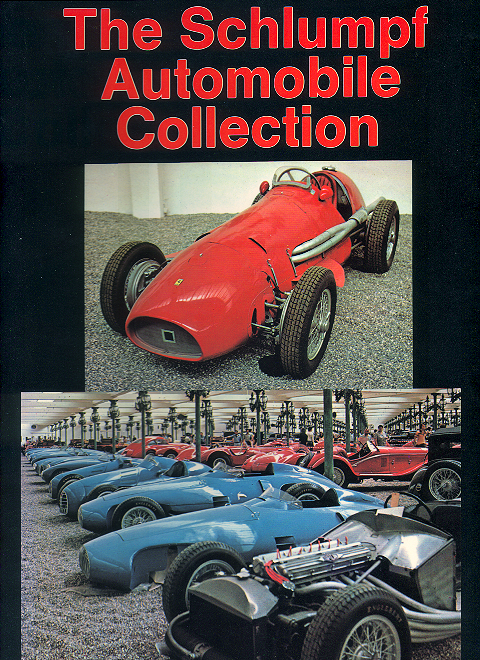
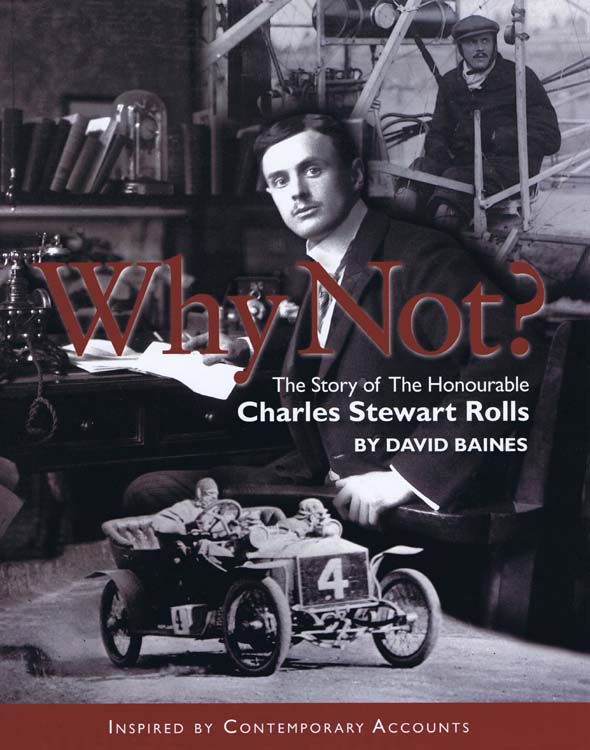
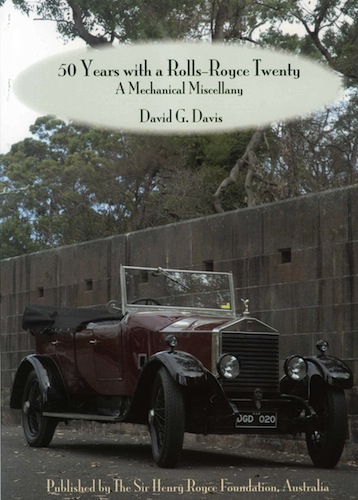
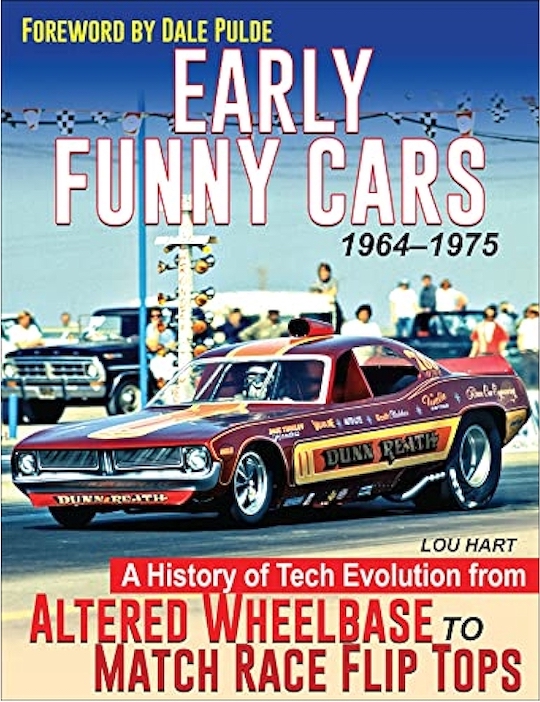

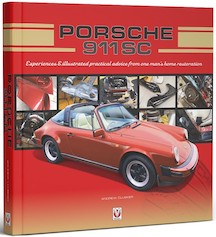
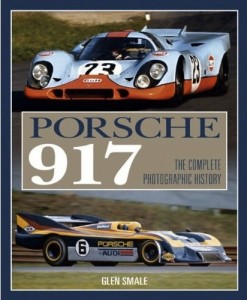
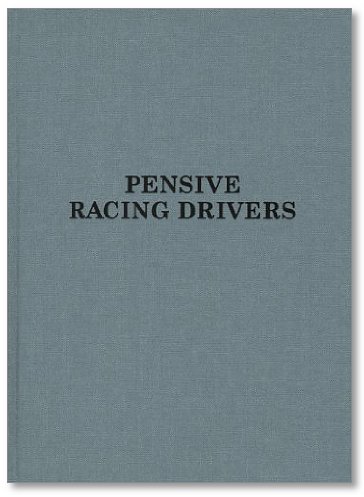
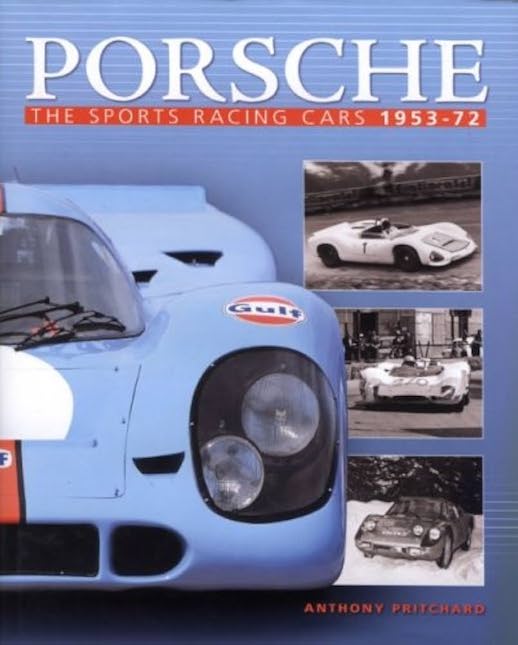
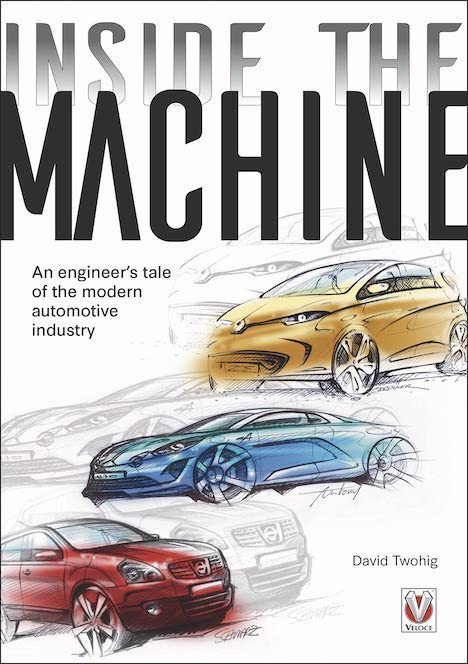

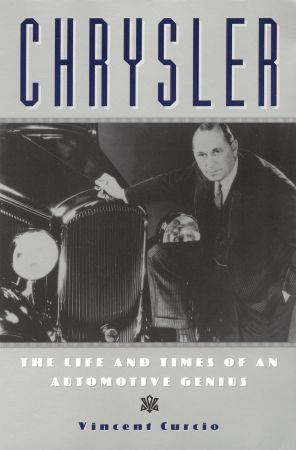
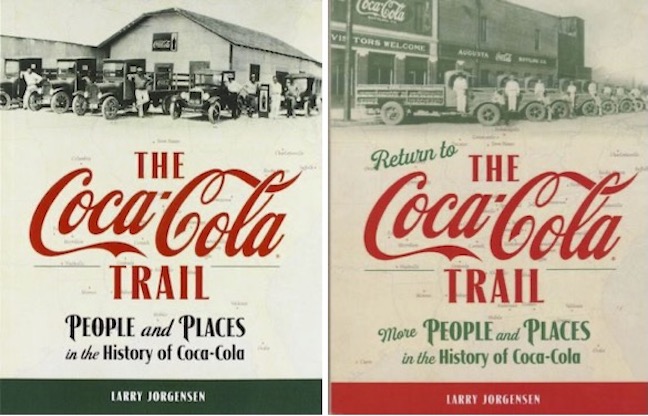
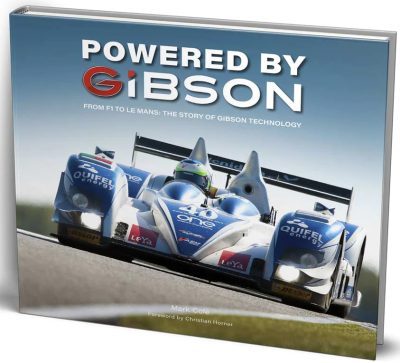

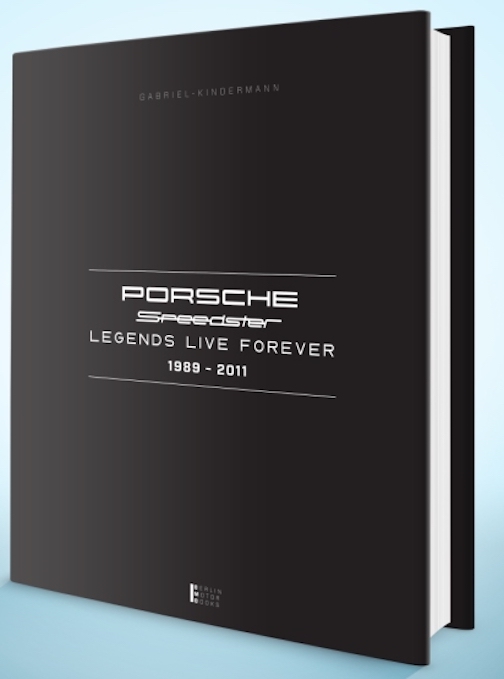
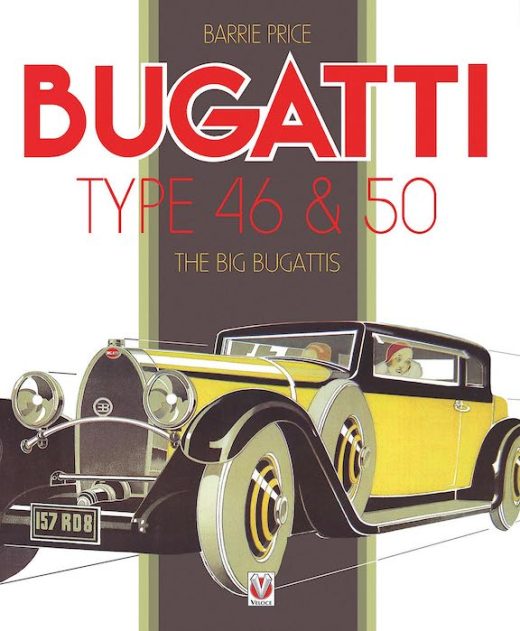
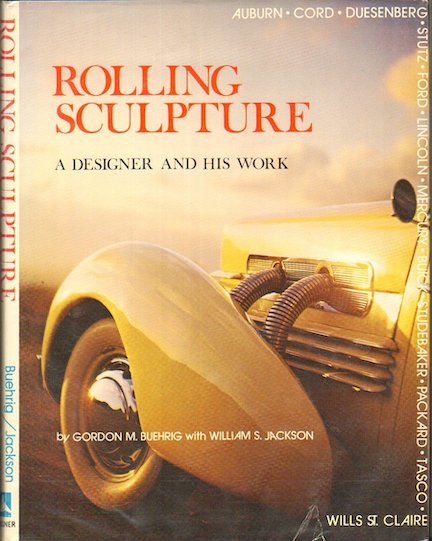
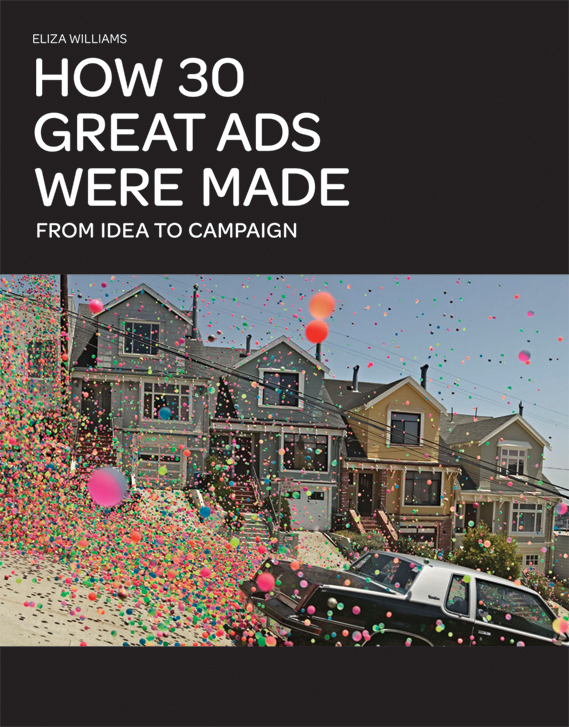
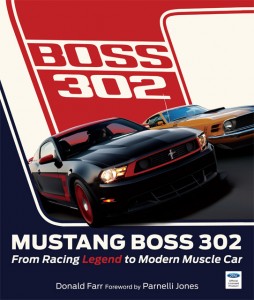


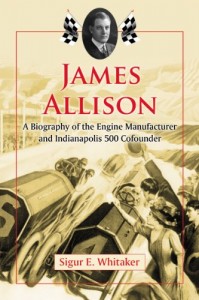

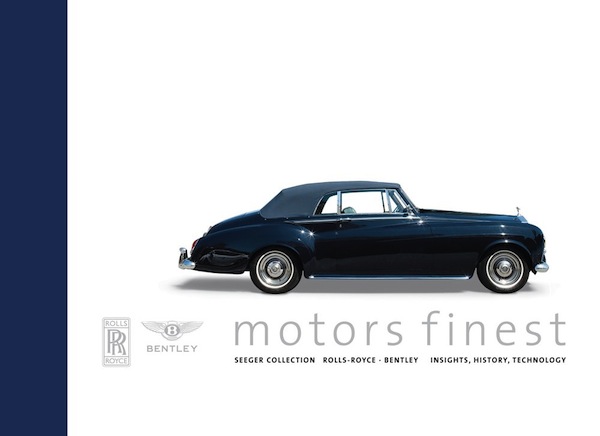
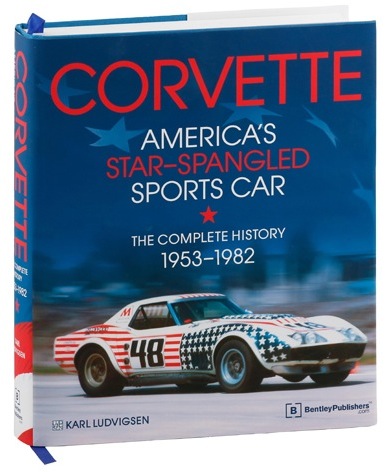
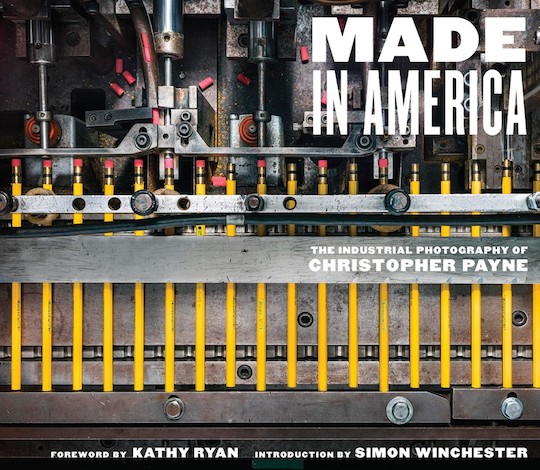






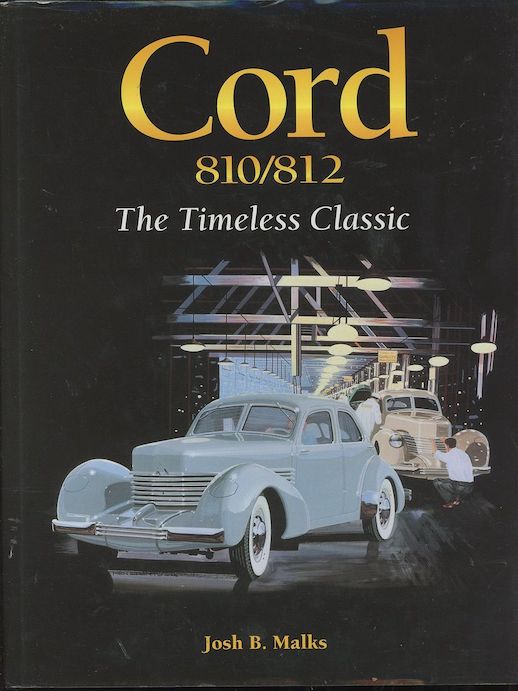
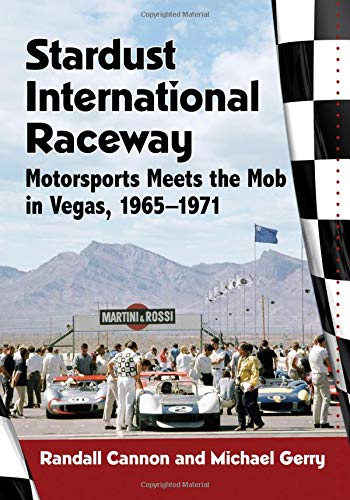


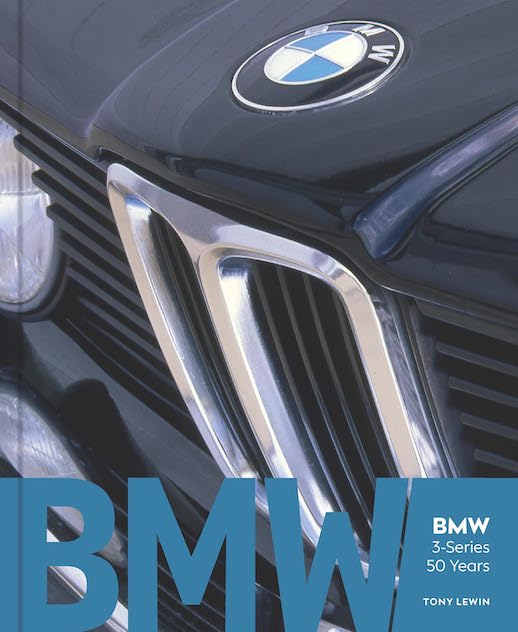



 Phone / Mail / Email
Phone / Mail / Email RSS Feed
RSS Feed Facebook
Facebook Twitter
Twitter